When it’s the end of the school year, your summer activities need to be on-point to keep kids engaged! This summer STEM / STEAM Challenge brings the joy back to your classroom with collaborative, hands-on, brain-busting work (disguised as fun)!
The basic premise:
In partners or groups, students will design and build two devices: one to slow the melting process (Keep it Cool) and one to speed it up (Make it Melt).
Note: The version you are viewing is compatible with Google Slides ™.
Click here for the printable version of this resource.
Take me to this resource on TpT.
Resource includes:
- NGSS aligned standards, Grades 2 – 8
- Teacher Tips:
- Links to my 5-part video series on getting started with STEM challenges
- Materials and timing
- Criteria & Constraints (including modifications to increase difficulty for older students)
- Measuring results
- Universal STEM Challenge Notes & How to Use Student Slides
- Post-design extension activities list
- Link to a video walk-through of the challenge
- Student Slides:
- Criteria & Constraints List
- Results and Design Analysis
- Discussion Questions
- Extension templates
-
- Process Flow Map
- Create Math Problems Based on Designs
- States of Matter Research Log Template
Sample/suggested materials for each student or group:
Materials you’ll need to do the activity are easily modified. You don’t need to provide all of the following materials. Select a subset and/or add in your own ideas.
-
- Note: The links below are Amazon Affiliate links. Find out more on the disclosure page.
-
-
- Hershey bars (give each group three rectangles – ¼ of the bar – for testing)
- Hershey bars are ideal because it is easy to observe changes as the chocolate becomes shiny, the lettering fades, and lines become wavy.
- Ice cubes can be substituted, but try to ensure they are equal in size.
- Hershey bars are ideal because it is easy to observe changes as the chocolate becomes shiny, the lettering fades, and lines become wavy.
- Small cups (1-2)
- Foil (~12 sq. in.)
- Plastic baggies or plastic wrap (1 – 2)
- Pipe cleaners (4 – 6)
- String/yarn (12 – 24 in.)
- Cardboard scraps
- Cotton balls (3 – 6)
- Tissue, paper towels, or toilet paper can be substituted
- Scissors
- Tape (12 – 24 In.)
- Design analysis handouts (included)
- Observation handouts (included)
- Optional
• Thermometers
• Markers & Construction paper
• Rubber bands
• Clothespins
• Stopwatches
• Cameras to capture changes over time
- Hershey bars (give each group three rectangles – ¼ of the bar – for testing)
-
Benefits of this STEM Design Challenge:
- Focus on critical thinking, problem solving, and application of learning
- Helps students develop growth mindset traits like persistence and resilience
- High levels of student engagement
- The potential to hit upon all NGSS ETS standards depending on the depth and number of iterations you choose to implement in your classroom (modifications included)
- Highly flexible and differentiated for materials, timing, grade levels, and rigor.
Each design iteration should be planned for ~60 min. if you are including data gathering and analysis rather than just building for fun. If you add extension activities, you will need to adjust timing accordingly.
This resource is available is also available printable format, and in the Summer Bundle.
If you prefer to purchase on TpT, click here.
Note: any coupon/promo codes for this site will only work on this site. TpT does not have the option for individual stores to offer promo codes.
Preview Music Credit:
“Carefree” Kevin MacLeod (incompetech.com)
Licensed under Creative Commons: By Attribution 3.0 License
http://creativecommons.org/licenses/by/3.0/
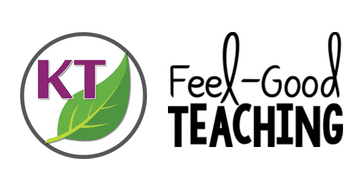
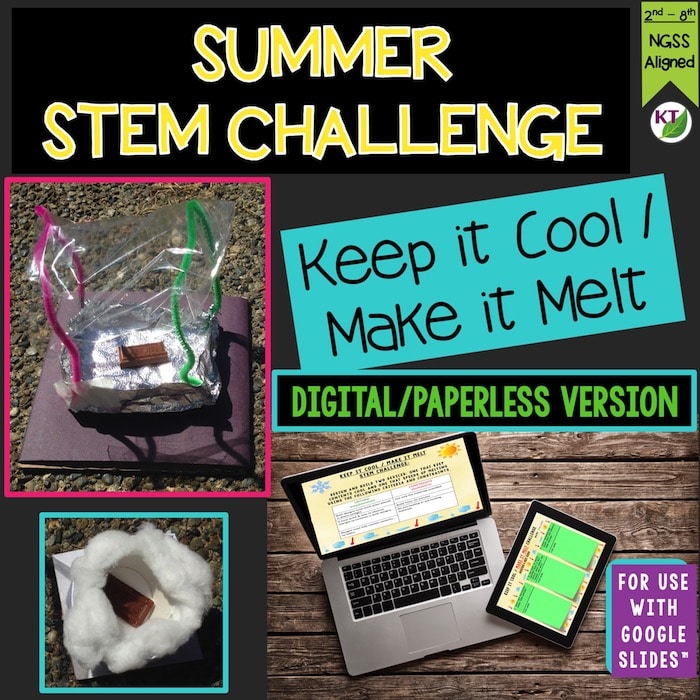
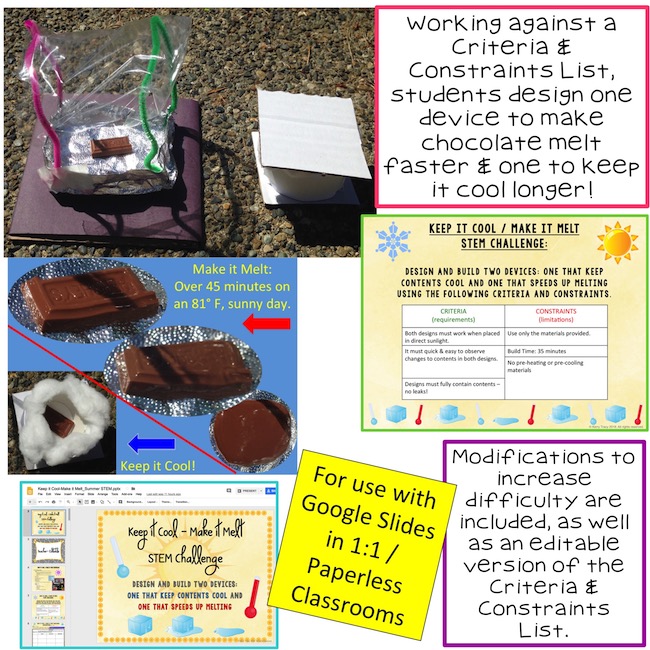
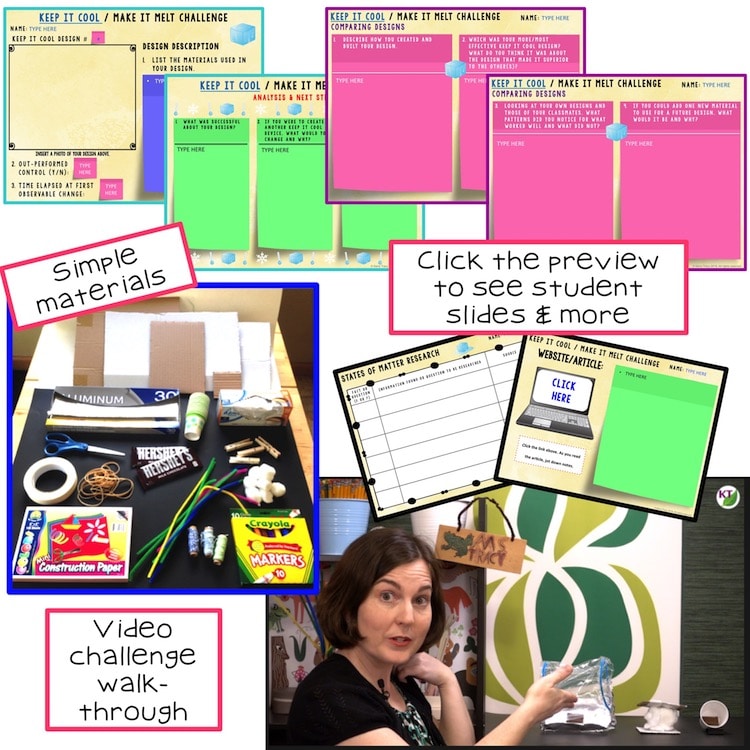


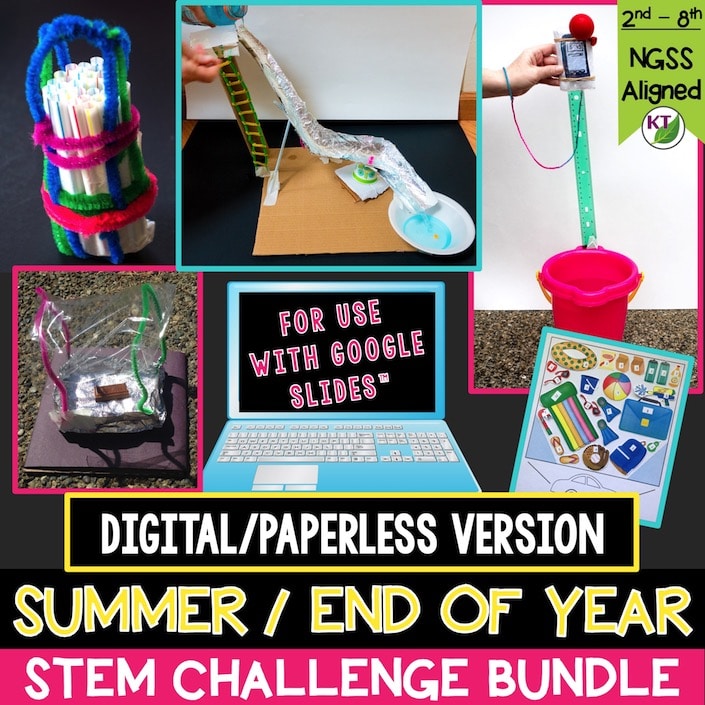
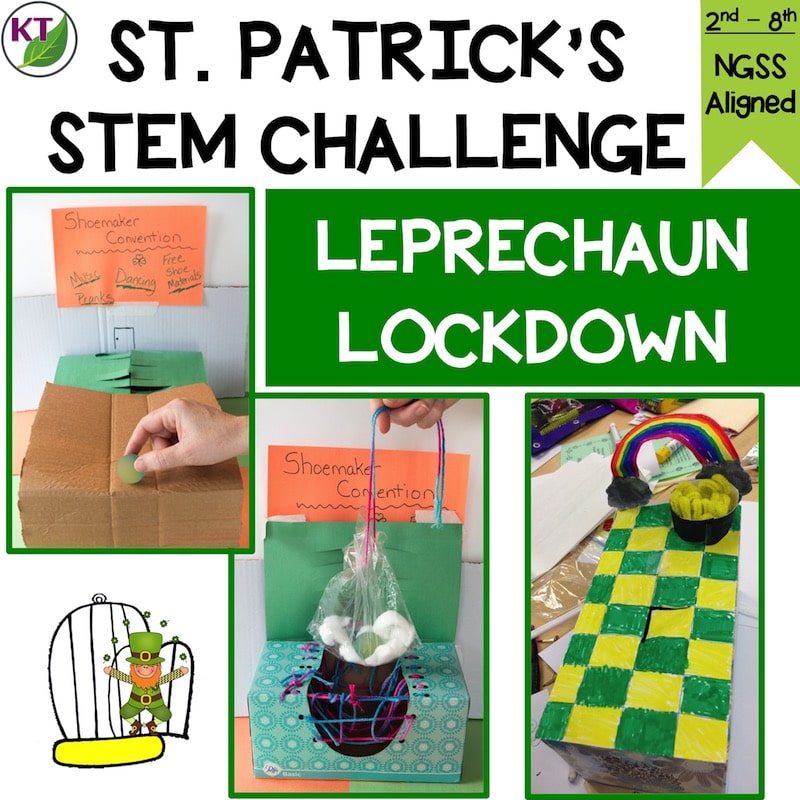
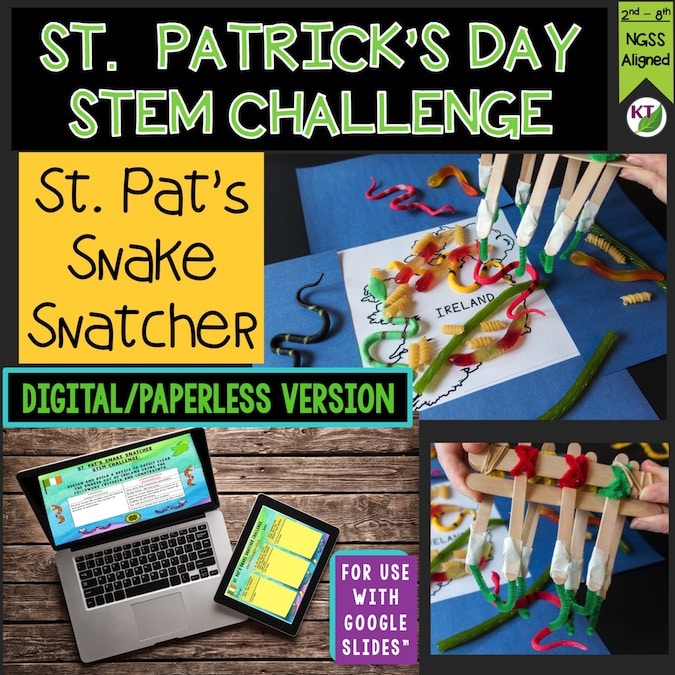
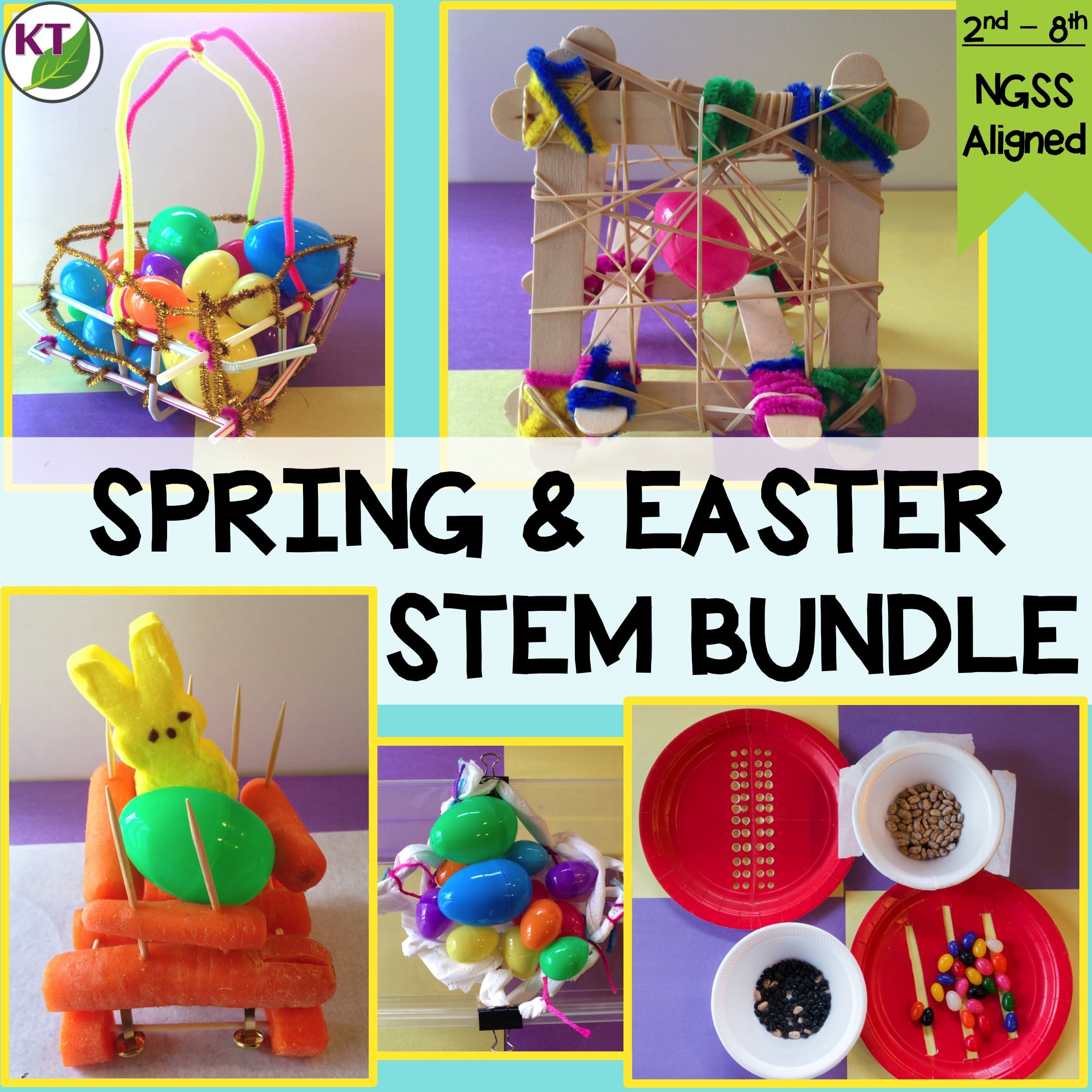




Reviews
There are no reviews yet.